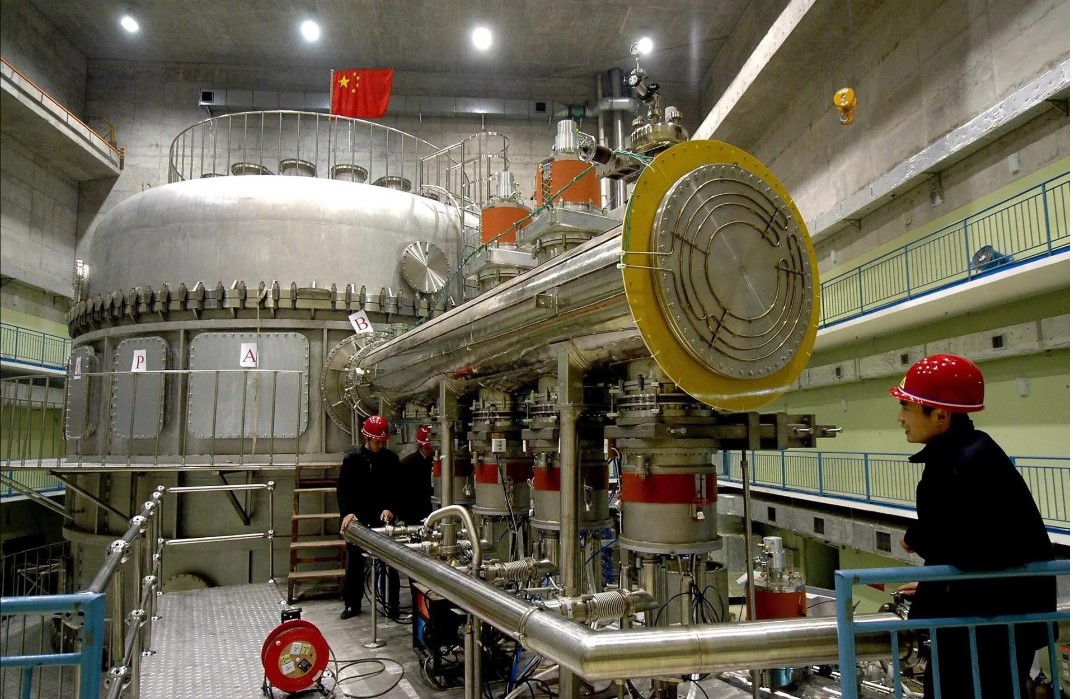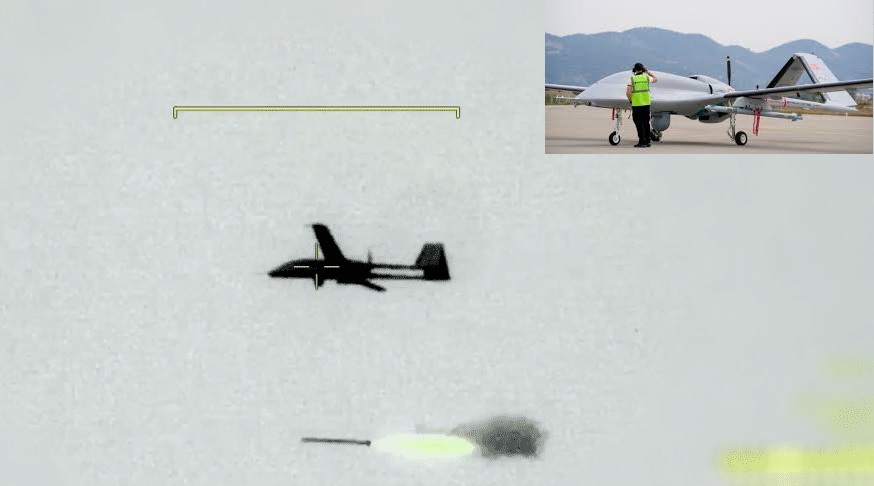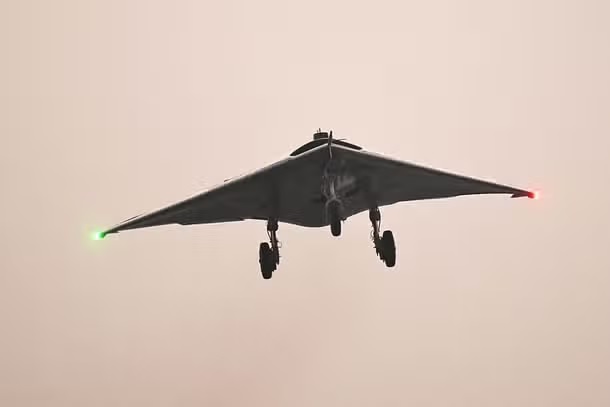KULR, ParaZero to Offer Vibration Reduction Technology for Military Helicopters, Drones

California-based KULR Technology has entered into a strategic partnership with autonomy safety developer ParaZero to introduce cutting-edge vibration reduction technology designed for military helicopters and unmanned aerial systems (UAS). The collaboration aims to integrate KULR VIBE vibration-reducing software with ParaZero SafeAir and SmartAir Trinity platforms, ultimately enhancing drone performance, operational efficiency, and safety for rotorcraft and unmanned systems.
KULR VIBE technology employs artificial intelligence (AI) algorithms to identify and pinpoint airborne system vibrations, commonly referred to as "negative energy." These vibrations can significantly impact flight range and overall aerial efficiency. By combining VIBE with ParaZero SafeAir, which utilizes real-time data analytics and sensors to autonomously predict and avoid flight risks, and SmartAir Trinity, an AI-enabled avionics system detecting real-time malfunctions and critical mission information, the partnership seeks to elevate the safety standards of defense aviation.
Highlighting the versatility of the collaboration, KULR emphasized that the VIBE solutions are not limited to helicopters and drones but also extend to electronic vertical take-off and landing (eVTOL) aircraft. The company asserted that the KULR VIBE advantage could extend battery time by up to 35% and increase payload lift by 38%, crucial factors in scenarios where minimizing collateral events is paramount.
In addition to safeguarding defense aviation, KULR aims to protect bystanders and prevent the loss of aerial vehicles, associated equipment, and payloads. The company underscored the significance of mitigating excess vibrations that can lead to catastrophic damage by reducing mechanical fatigue. This reduction, in turn, addresses system malfunctions, weakened performance, and maintenance issues, ultimately minimizing downtime, maintenance costs, and pilot fatigue.
KULR track record in addressing vibration challenges includes a successful evaluation for a US Marine Corps AH-1Z attack helicopter, which faced previously deemed "unsolvable" vibration issues that could have prematurely retired the aircraft. Collaborating with the US Department of Defense, KULR has also resolved similar vibration problems in Osprey V-22 tiltrotor aircraft and various US Air Force H-60 helicopters, showcasing the effectiveness of their vibration reduction solutions in critical defense aviation projects.



